Terminalia Chebula: Can This Fruit Be The Next Anti-Aging Sensation For Skin?
Slow down the signs of aging by learning the ways to include this ingredient in your beauty routine.
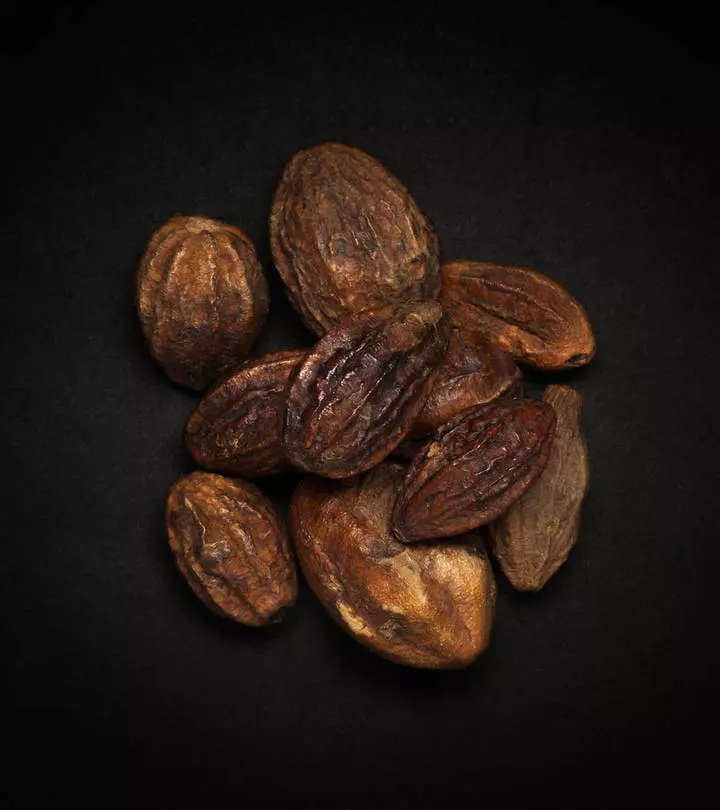
Image: shutterstock
You must have seen so many ingredients that become a rage all of a sudden and become a staple in our skin care routine. Terminalia chebula is one such ingredient. There are multiple ways to use chebula for skin-related issues, the most popular is to add it to various natural remedies. Skin care enthusiasts swear by this ingredient for its immense skin benefits. So, what makes it so effective and beneficial? Is it really worth all the attention it is getting? Keep reading to find out.
 Know Your Ingredient: Terminalia Chebula
Know Your Ingredient: Terminalia ChebulaWhat Is It?
An evergreen plant in South Asia belonging to the Combretaceae family and bearing fruits with medicinal properties.
What Are Its Benefits?
It may help delay aging signs, moisturize and strengthen the skin barrier, and improve its appearance.
Who Can Use It?
Anyone who is not allergic to it can use it.
How Often?
It can be applied twice a day.
Caution
No major side effects are known yet, but best to conduct a patch test before use..
In This Article
Terminalia Chebula: A Brief Background Of The Miracle Berry
Terminalia chebula belongs to the Combretaceae family. It is an evergreen plant native to the wild forests of South Asian countries like India, Sri Lanka, Pakistan, Malaysia, Thailand, and others. The Terminalia chebula fruit also goes by the name of Haritaki, Bihara, Harada, and Chebulic myrobalan.
The Terminalia chebula fruit is small, ribbed, and nut-like with an elliptical or ovoid shape. It is typically plucked for use when green but acquires a distinct yellow to brownish-orange shade when unpicked. Beneath the firm and fleshy layers of the fruit rests a single-angled stone that bears a convoluted and abrasive surface.
The fruit has been used for centuries as an active ingredient in the treatment of chronic ulcers, heart ailments, and dental caries. The Thai alternative medicine uses chebula for curing skin conditions and promoting wound healing.
In India, Ayurveda hails chebula as the king of medicine. In fact, it is one of the ingredients of Triphala – a common Ayurvedic herb that finds diverse uses in strengthening and nourishing the body. So it is regarded as a potent herbal medicine.
 Did You Know?
Did You Know?Terminalia chebula has important benefits for skin too. We will discuss the same in the following section.
Key Takeaways
- Thai alternative medicine and Ayurveda support the claims of Terminalia chebula berries aiding wound healing and managing skin conditions.
- These berries are said to have anti-aging and moisturizing properties and enhance the appearance of the skin.
- Chebula berries can be added to face packs or are also available in the form of pills, serums, and powders.
Benefits Of Chebula For The Skin
The cosmetic use of Terminalia chebula does not enjoy a body of scientific research and trials. However, several small-scale studies, preliminary research, and anecdotal claims support the use of this fruit.
1. May Help Slow Down Skin Aging
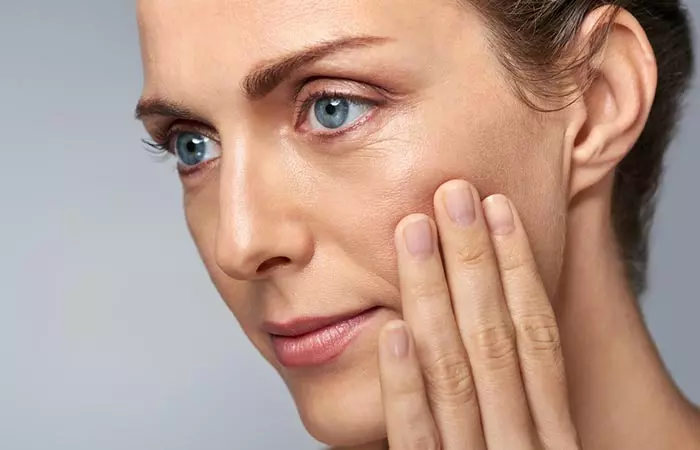
Chebula has powerful antioxidant properties. It contains bioactive compounds like glutathionei A substance produced by the liver involved in many body processes like tissue building, protein-making, and immune system support. , superoxide dismutasei An enzyme found in all living cells that helps break down reactive oxygen molecules, potentially preventing tissue damage. , and vitamins C and E. In rat studies, the fruit was found to neutralize free radicals and mitigate the effects of oxidative stressi A condition that occurs due to the overproduction of reactive oxygen molecules. Its effect on skin includes hyperpigmentation and aging. (1). Studies show that oxidative stress may accelerate skin aging (2).
The effects of polyphenolsi Compounds found in many plant foods, like teas and fruits, with potential antioxidant, anti-inflammatory, and anti-cancer properties. derived from the Terminalia chebula extract were found to last long and be more effective than any other naturally occurring antioxidant (3). Polyphenols are known to protect the skin from the aging effects of UV radiation (4).
2. May Help Moisturize Your Skin

Skin hydration is key to younger and healthy-looking skin. Research demonstrates that chebula-based creams could boost skin moisture content and rejuvenate it (5). Another study found that Terminalia chebula fruit extract penetrated the inner layers of the skin and affected its complete architecture (6). This property may make your skin supple, firm, smooth, and promote natural radiance.
3. May Strengthen Your Skin Barrier
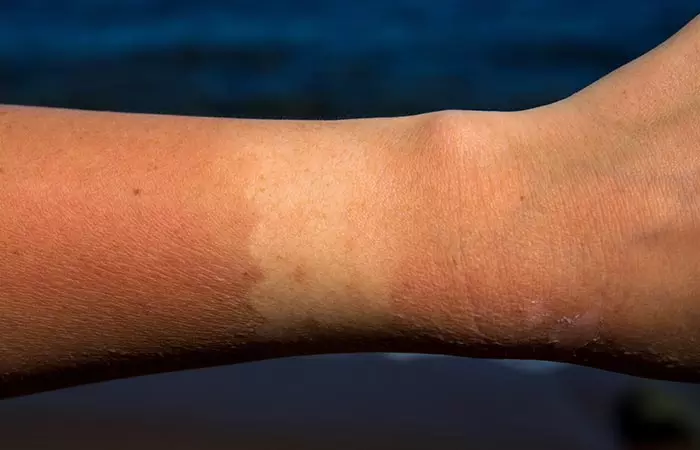
Skin care products containing Terminalia chebula improve the skin’s barrier function. The fruit extract shields the skin from the damaging effects of the sun’s UVB rays, which may help improve skin complexion. It also stimulates collagen production and increases the thickness of the cellular matrix for further protection. The fruit can effectively combat photodamage while also reinforcing the dermal layers (7).
4. May Boost Your Skin Appearance
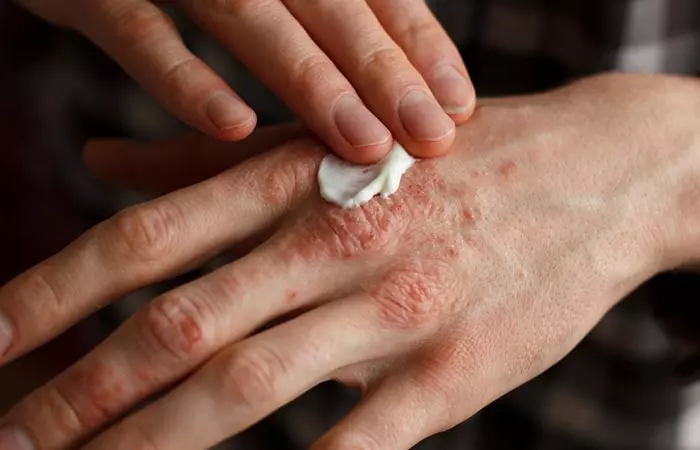
Terminalia chebula can soften skin, even out its texture, and brighten its overall appearance. This is possible due to its ability to reduce inflammation and stimulate wound healing. Terminalia chebula fruit extracts were found to display anti-psoriatic effects (8). They could decrease skin layer thickening and improve the appearance of erythemai Abnormal skin redness with varying color and pattern, resulting from inflammation, environmental factors, infection, sunburn, or injury. , scales, and sores. The fruit may also reduce free radical production while leaving the normal skin architecture unaltered. Your skin appearance can improve as a result.
These are the important benefits of Terminalia chebula for the skin. But how can you make use of it?
How To Use Chebula In Skin Care?

Terminalia chebula fruit extracts are used as key ingredients in several serums, pills, powders, and tinctures. You can purchase them in the form that suits you best. Follow the directions mentioned on the packaging for best results. Alternatively, you can also get creative and mix some Terminalia chebula powder into your face pack to boost the overall effectiveness of your skincare regimen.
Terminalia chebula serums are the most popular of all forms. Here is a quick step-by-step breakdown on how to apply one:
- Wash your face with a gentle cleanser.
- Spray on some face mist or toner and let your skin absorb it.
- Apply three to eight drops of the chebula serum, spread it evenly across your face, and let it sit.
- Follow with a layer of moisturizer and some sunscreen to protect your skin from sun damage.
 Quick Tip
Quick TipYou must ideally follow the above routine at least twice a day. Of course, you can skip the sunscreen while applying the chebula serum at night. But before you start using the serum (or any other form of the fruit), you must be aware of its potential side effects.
Kundalini Yogini, a Youtuber, shared her personal experience with Terminalia chebula, called haritaki in the video. She says, “Clean the body with haritaki. It’s a really nice scrub actually. If you’re into facials, masks, anything like this, you can wash your face with it every night and it completely clears the pores, cleanses the skin, and makes the skin very tight and anti-aging (i).”
Side Effects Of Chebula For The Skin
The safety regarding the long-term use of Terminalia chebula fruit or its extracts is not well researched yet. However, the fruit seems to be generally safe in its various forms and on different skin types. In fact, preliminary research, as discussed, supports the beneficial effects of Terminalia chebula on your skin. While more human studies are warranted, using it on your skin should be safe.
However, conduct a patch test before applying it to your skin. Consult your physician before taking it orally.
Summing It Up
Terminalia chebula is an herb used across various Southeastern countries for the treatment of various heart ailments and skin conditions. Anecdotal evidence suggests that using chebula for your skin is beneficial in various ways. Its antioxidant and wound-healing properties may slow down aging, hydrate your skin, and improve the appearance of your skin. A lesser known anti-aging herb, it is available in the form of pills, face powder, and serums. While there is limited research regarding the safety of chebula, conduct a patch test before applying it.
While the information on its side effects is limited, we suggest you do a patch test before using it topically. Regular use of this wonder fruit can offer you pleasing results.
Frequently Asked Questions
Is chebula good for pimples?
According to Anna Chacon, Dermatologist, “Terminalia chebula, also known as “the king of medicines,” has antibacterial and anti-inflammatory properties that reduce the number of acne lesions and soften and brighten the skin. Its antibacterial power also guards the face against unwanted bacteria that can cause more breakouts.”
Is chebula good for acne?
Yes. The extracts of Terminalia chebula showed significant inhibition of lipase activity (which plays an important role in the development of acne) (9).
Is chebula good for dark spots?
Chebula is rich in antioxidants that act against oxidative damage and free radicals. It treats several skin conditions like acne, pimples, and dark spots. However, limited research is available in this regard.
How long does Terminalia chebula take to work for the skin?
According to Anna Chacon, Dermatologist, “The topical use of chebula has shown effect within a week of use, in the morning and at night time. But like any other beauty product, effects vary from person to person.”
Illustration: Terminalia Chebula: History, How To Use, And Risks

Image: Stable Diffusion/StyleCraze Design Team
Terminalia chebula is a powerful medicinal herb with many health benefits. Learn how it can help improve digestion, reduce inflammation, and boost immunity.
Personal Experience: Source
StyleCraze's articles are interwoven with authentic personal narratives that provide depth and resonance to our content. Below are the sources of the personal accounts referenced in this article.
i. Haritaki: The Ayurvedic Superfood to DETOX the Body and Manifest WEALTHhttps://youtu.be/lKdXpK0nUeQ?feature=shared
References
Articles on StyleCraze are backed by verified information from peer-reviewed and academic research papers, reputed organizations, research institutions, and medical associations to ensure accuracy and relevance. Read our editorial policy to learn more.
- Effect of Terminalia chebula aqueous extract on oxidative stress and antioxidant status in the liver and kidney of young and aged rats
https://onlinelibrary.wiley.com/doi/10.1002/cbf.1581 - Oxidative Stress in Aging Human Skin
https://www.ncbi.nlm.nih.gov/labs/pmc/articles/PMC4496685/ - Antioxidant activity of polyphenolic extract of Terminalia chebula Retzius fruits
https://www.sciencedirect.com/science/article/pii/S1658365514000818 - Polyphenols: Skin Photoprotection and Inhibition of Photocarcinogenesis
https://www.ncbi.nlm.nih.gov/labs/pmc/articles/PMC3288507/ - Formulation and characterization of a cream containing terminalia chebula extract
https://pubmed.ncbi.nlm.nih.gov/22398922/ - A standardized Terminalia chebula fruit extract alters the expression of genes associated with skin architecture and barrier formation
https://www.jle.com/fr/revues/ejd/e-docs/a_standardized_terminalia_chebula_fruit_extract_alters_the_expression_of_genes_associated_with_skin_architecture_and_barrier_formation_318673/article.phtml - Ethanol extract of Terminalia chebula fruit protects against UVB-induced skin damage
https://pubmed.ncbi.nlm.nih.gov/27222341/ - Terminalia Chebulanin Attenuates Psoriatic Skin Lesion via Regulation of Heme Oxygenase-1
https://www.karger.com/Article/Fulltext/445645 - Inhibition of Propionibacterium acnes lipase by extracts of Indian medicinal plants
https://pubmed.ncbi.nlm.nih.gov/22268921/
Read full bio of Dr. Sravya Tipirneni
Read full bio of Arshiya Syeda
Read full bio of Ramona Sinha
Read full bio of Swathi E





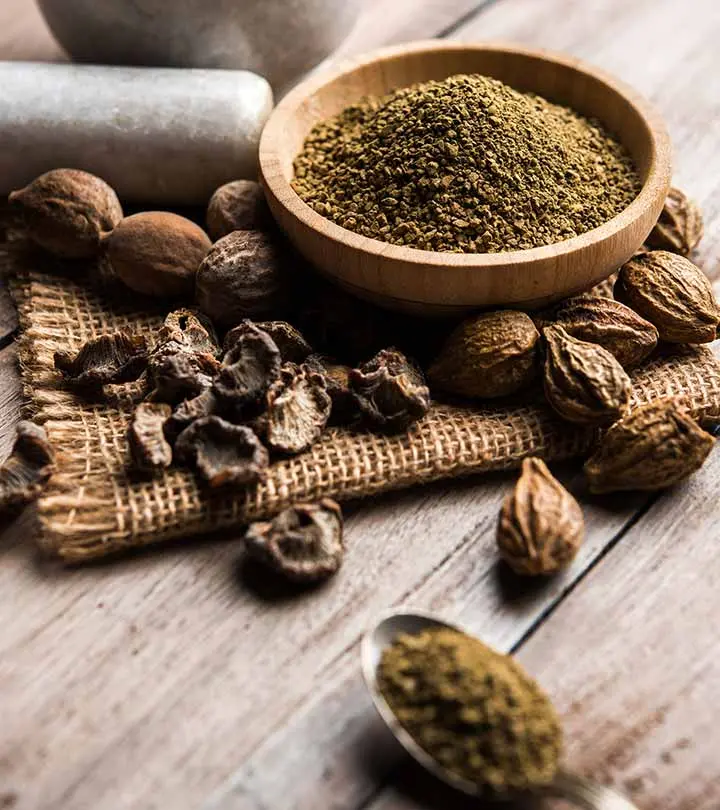
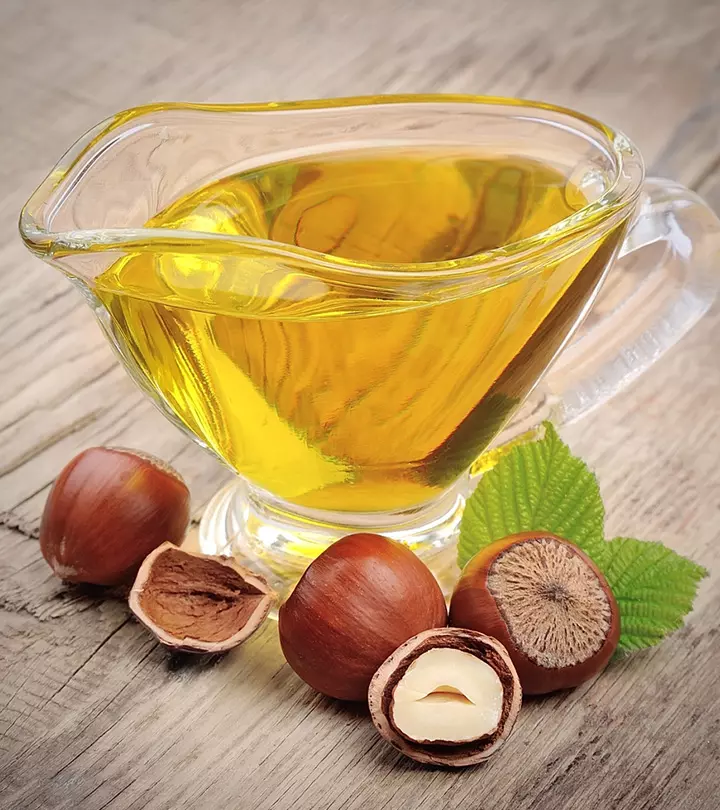
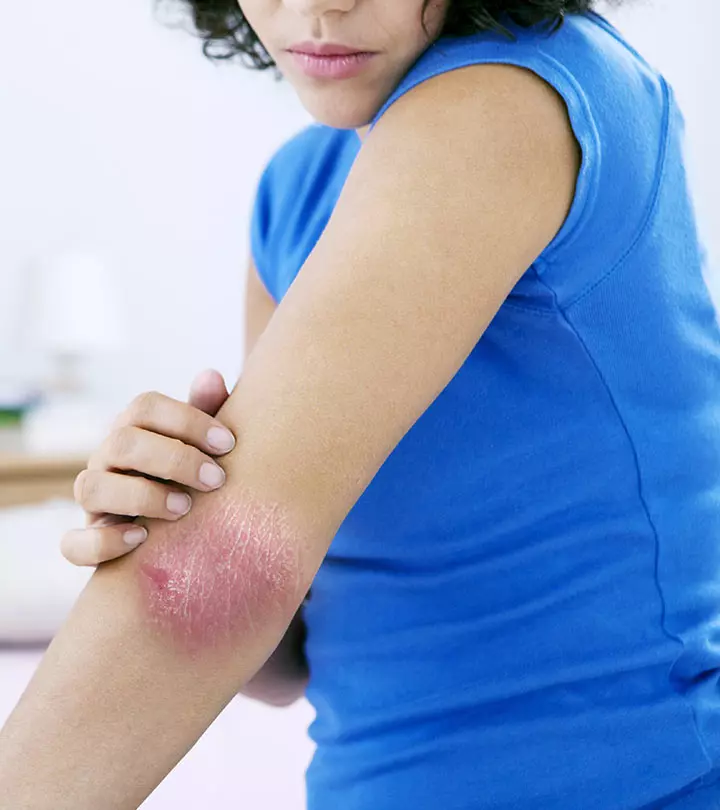

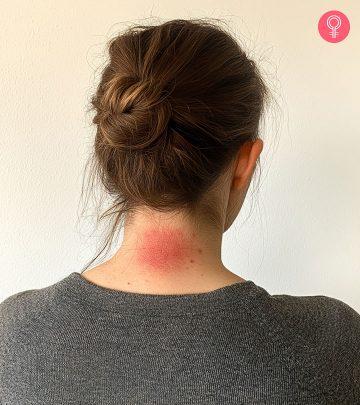
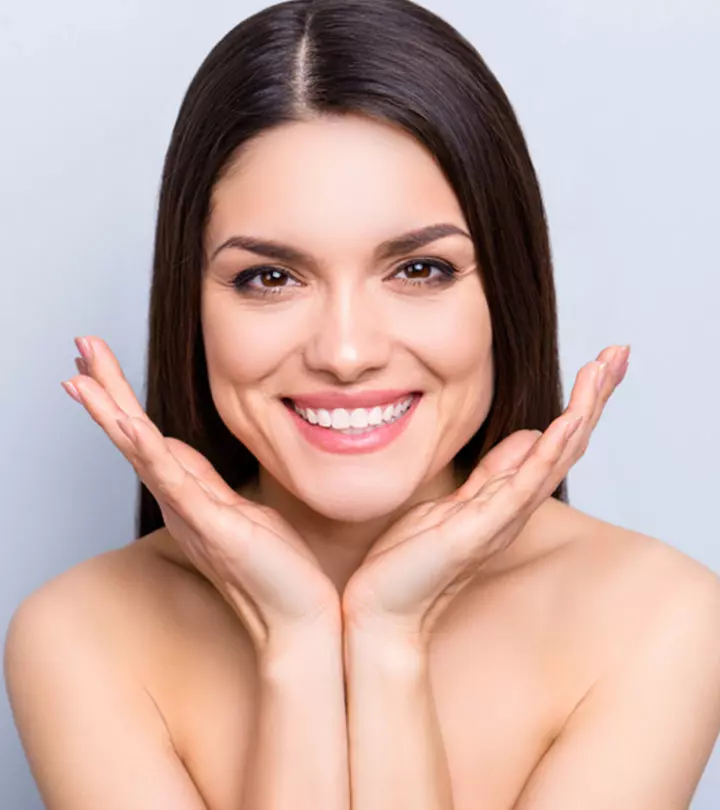

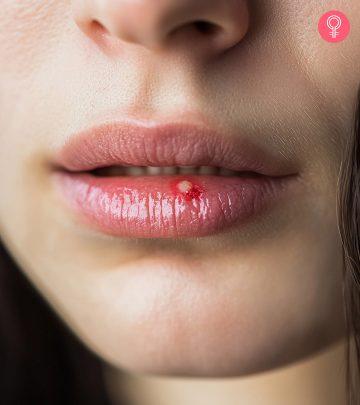
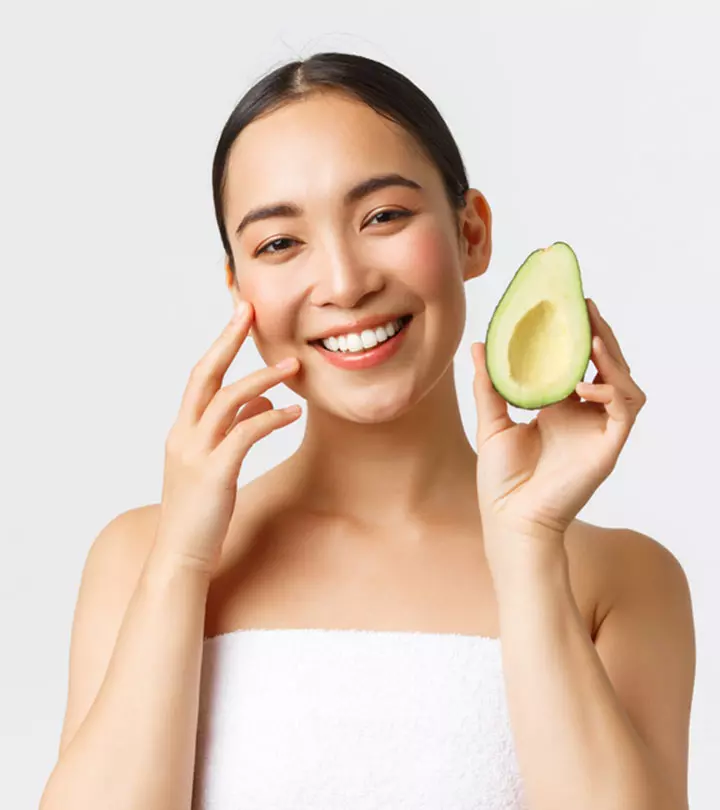
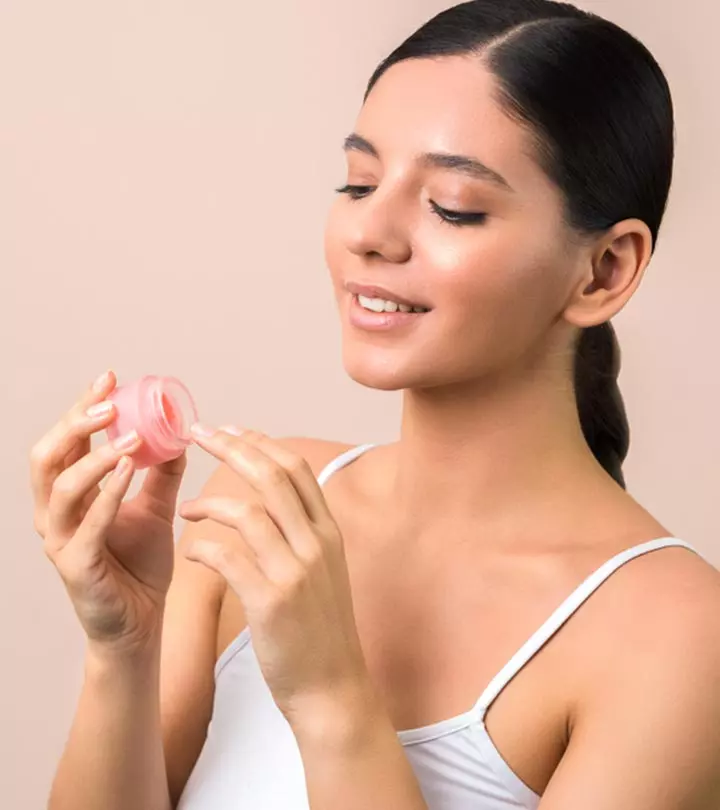
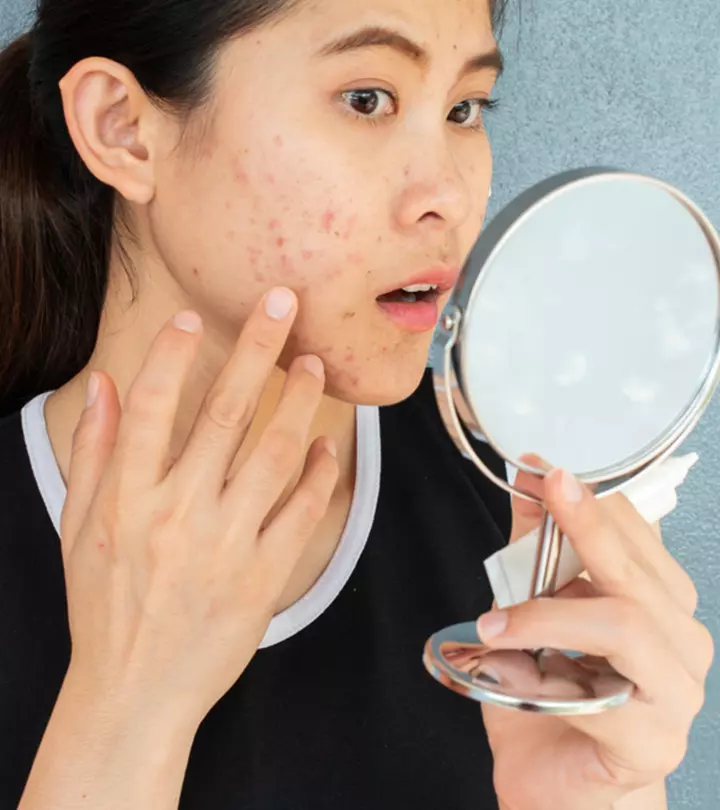
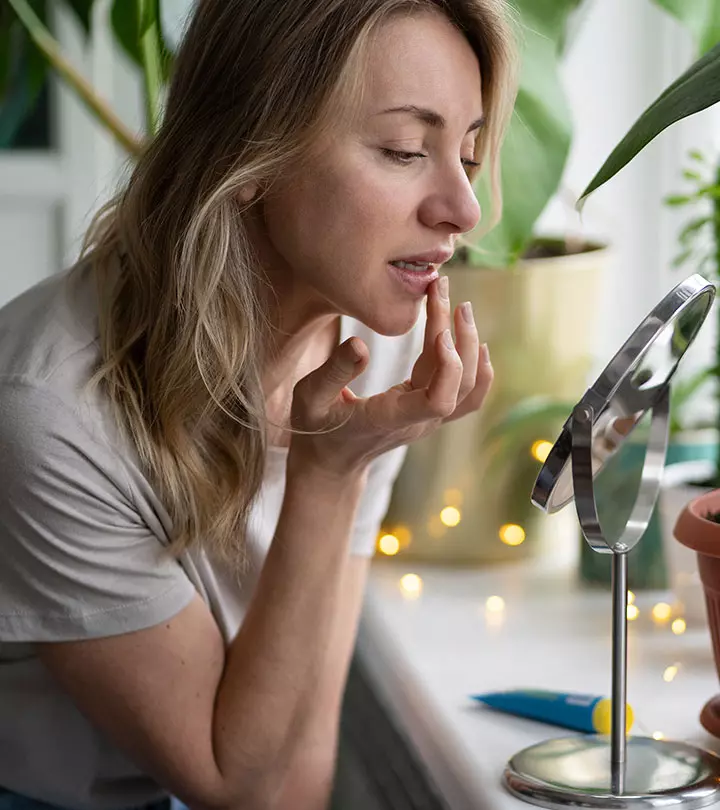
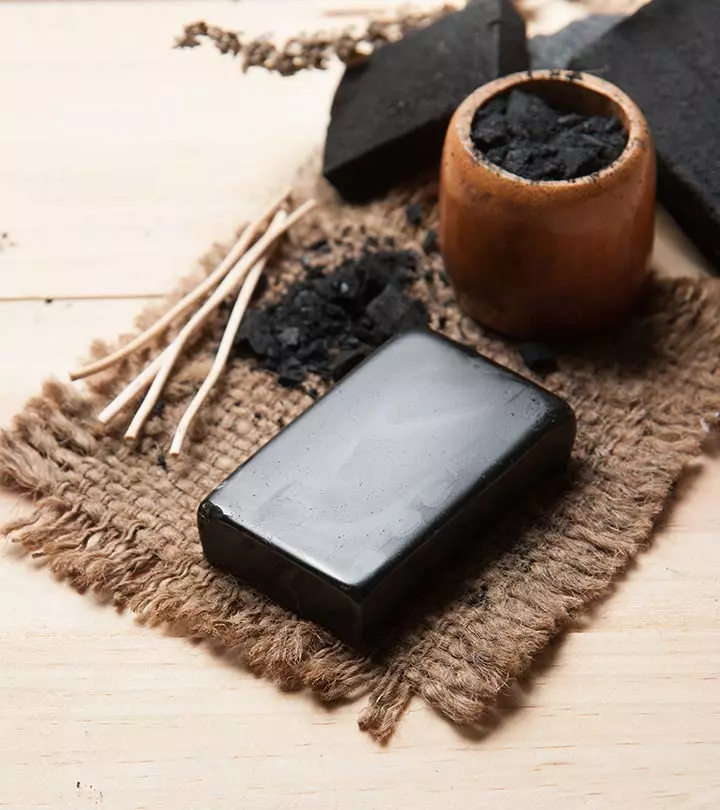
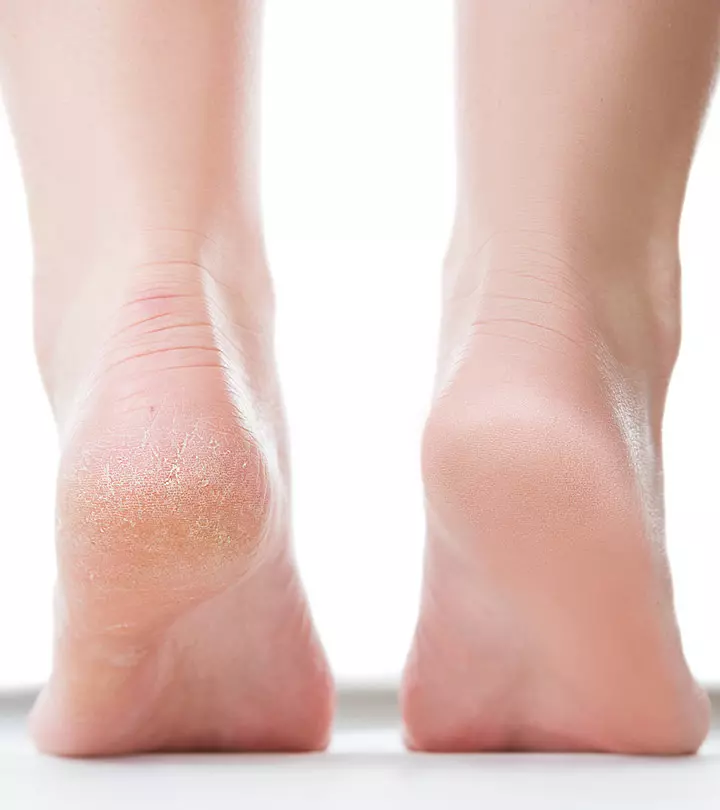


Community Experiences
Join the conversation and become a part of our empowering community! Share your stories, experiences, and insights to connect with other beauty, lifestyle, and health enthusiasts.